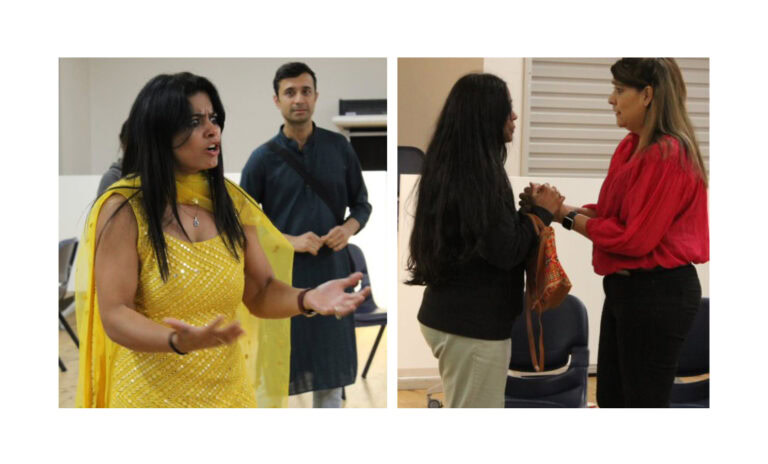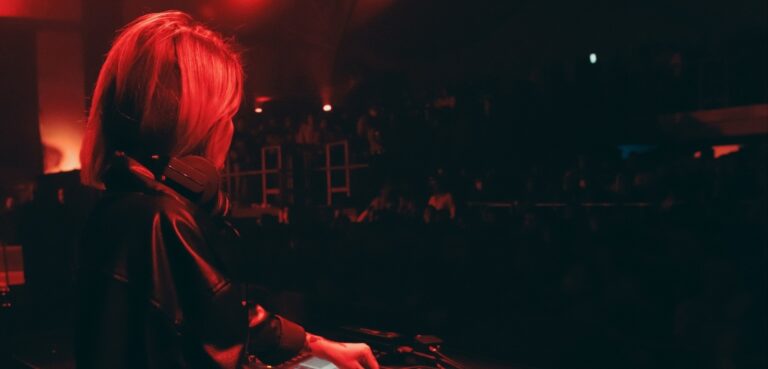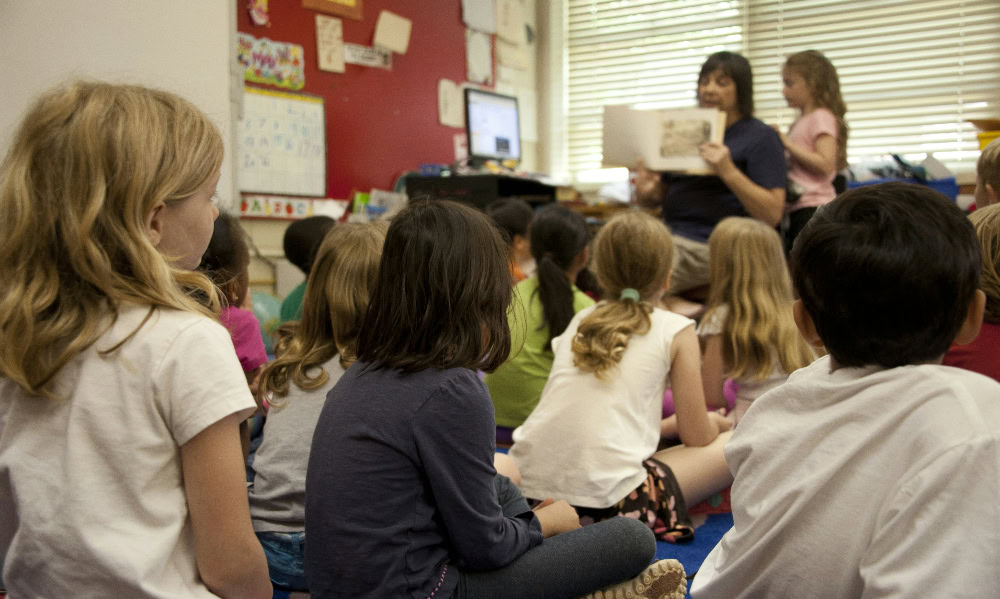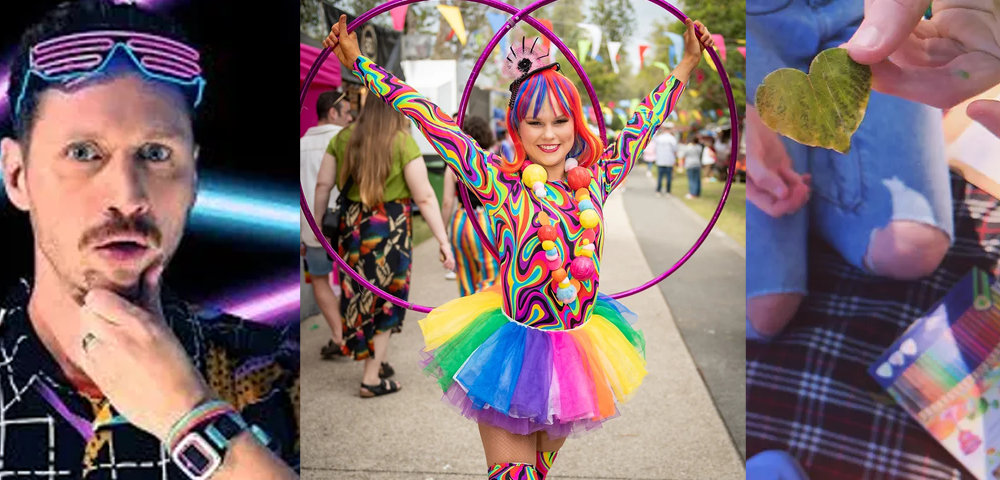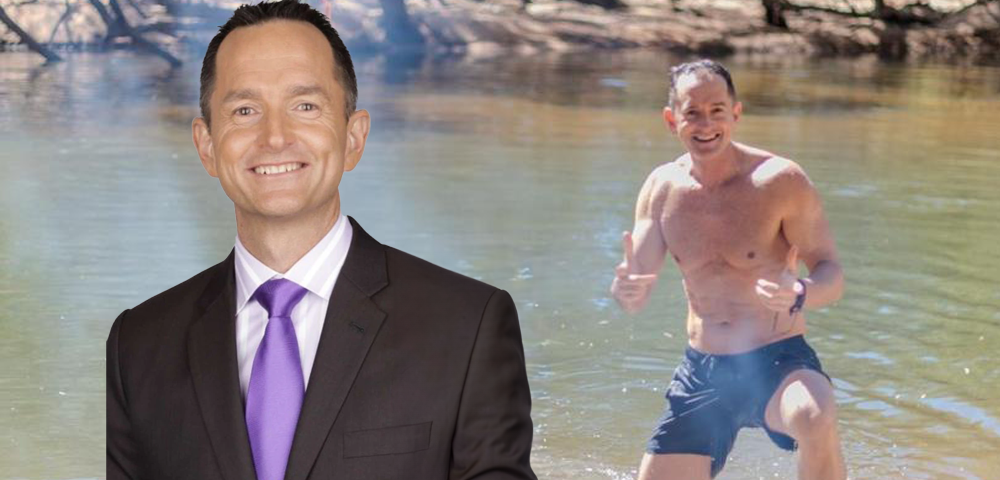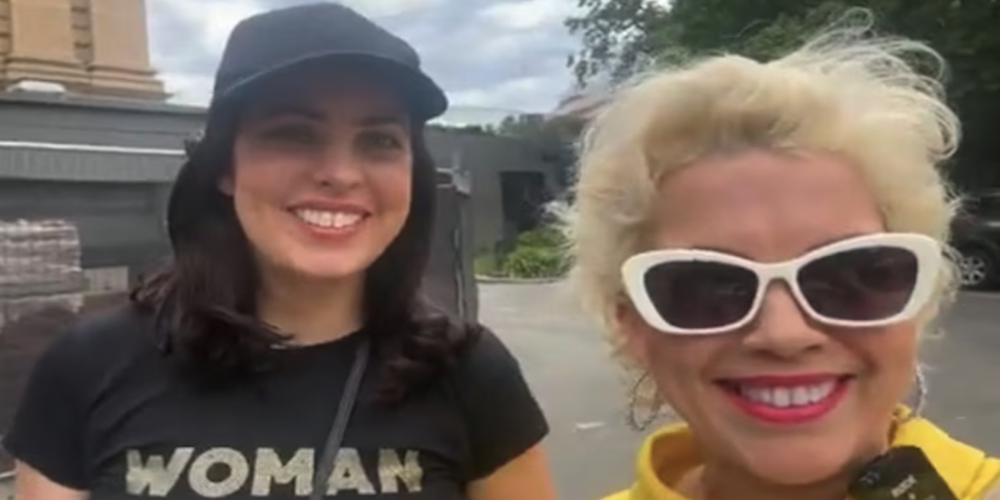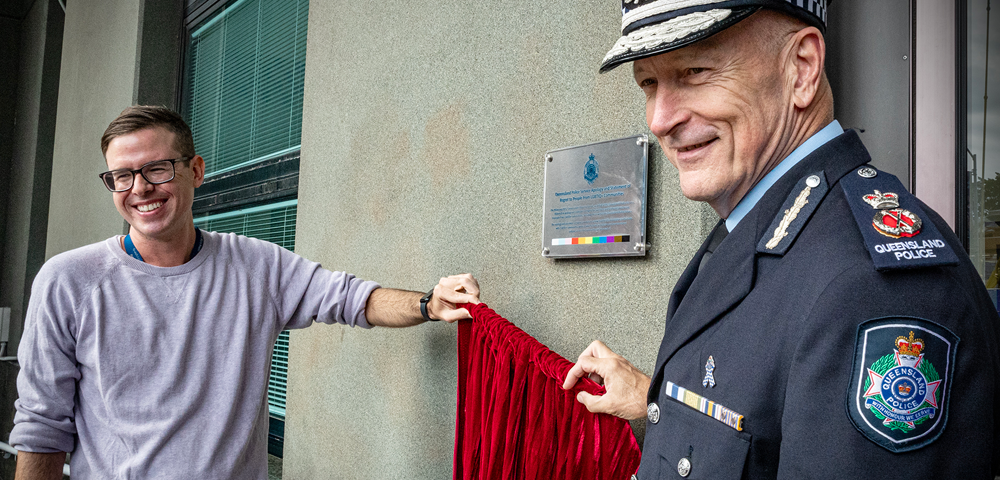
How do you sleep at night?
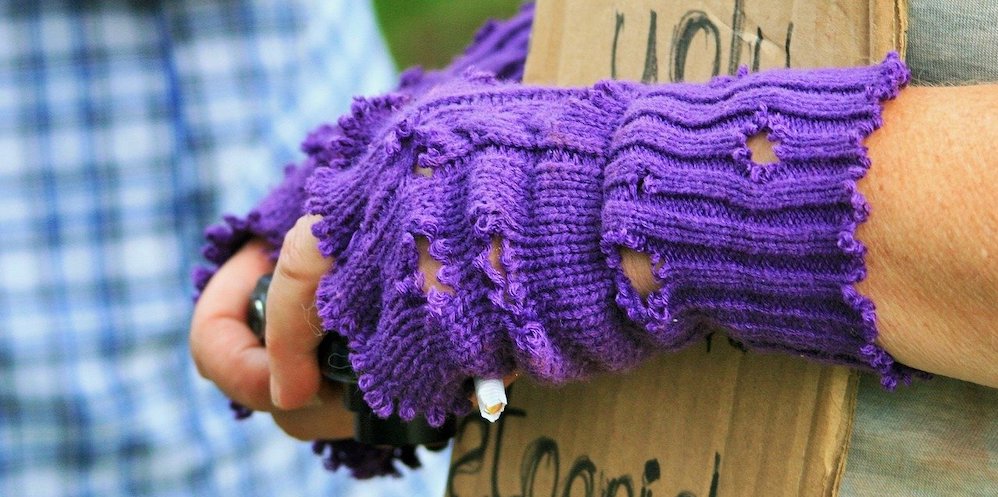
by Jessi Lewis
Ed. note: The story below contained some errors when it was published. The Safe Housing Network was a pilot program, not a scoping project, that was run by a team from the University of Melbourne and La Trobe University for two years under funding from VicHealth. The recommendations from it were about the importance of formal and well-resourced peer support for members of the LGBTQI community with housing insecurity. Our apologies for the errors.
On any given night 24,00 Victorians and 116,000 Australians are without a home.
Australia is in the grip of a housing crisis, that far from getting better, is tipped to reach breaking point in coming years.
But what effect is this crisis having on those within the LGBTQI community? There are individuals that have simply fallen through the cracks; rendered homeless because of trauma, family rejection, domestic violence and drug and alcohol dependency.
Significant barriers remain for those needing to access housing services. In the four years to September the waiting list for public housing grew from 34,618 applications to 38,775. However, those working within the sector are identifying that the biggest concern is a lack of data and statistic relating to LGBTIQ individuals experiencing, or at risk of homelessness.
A recent program funded by VicHealth, the Safe Housing Network, run by a team from the University of Melbourne and La Trobe University, found that formal and well-resourced peer support for members of the LGBTQI community with housing insecurity was important.
In August, a position statement on LGBTIQ homelessness released by Queer Space and Drummond St services identified a number of alarming statistics: 23% of their LGBTIQ clients who were experiencing, or at risk of homelessness had a risk alert for suicide and 43% of those clients were also experiencing family violence.
Gabriel Aleksandrs, Senior Policy and Strategic Manager at Queer Space adds:
“When I was younger, I used the housing and homelessness system. My experience was based on the whims of other services users who may or may not have a problem with who I am. Transgender people, including myself have a very unique experience compared to other LGBTIQ people.
“The risks and vulnerabilities of LGBTIQ communities, then and now, have remained constant.”
The same is true for indigenous people, according to Dameyon Bonson from Black Rainbow a national advocacy platform and touchpoint for Aboriginal and Torres Strait Islander LGBTIQ communities.
“What needs to happen is those who are doing these reports on homelessness, they need to include both the LGBTIQ and the LGBTIQ Indigenous community- because if you look at these reports, we are not counted and you can’t offer services if you don’t have the data to begin with.
“We are on the back foot here. You look at the LGBTI alliance and those other services that do report on homelessness and we are not included, but also ACOS they don’t include queer Indigenous people either. We are completely invisible through either structural homophobia or structural racism.”
Without proper statistics and data, government bodies are unable to legislate nor draft policy that would better support our communities’ needs within the areas of housing accessibility and access to homelessness services. On a fundamental level, things need to change.


